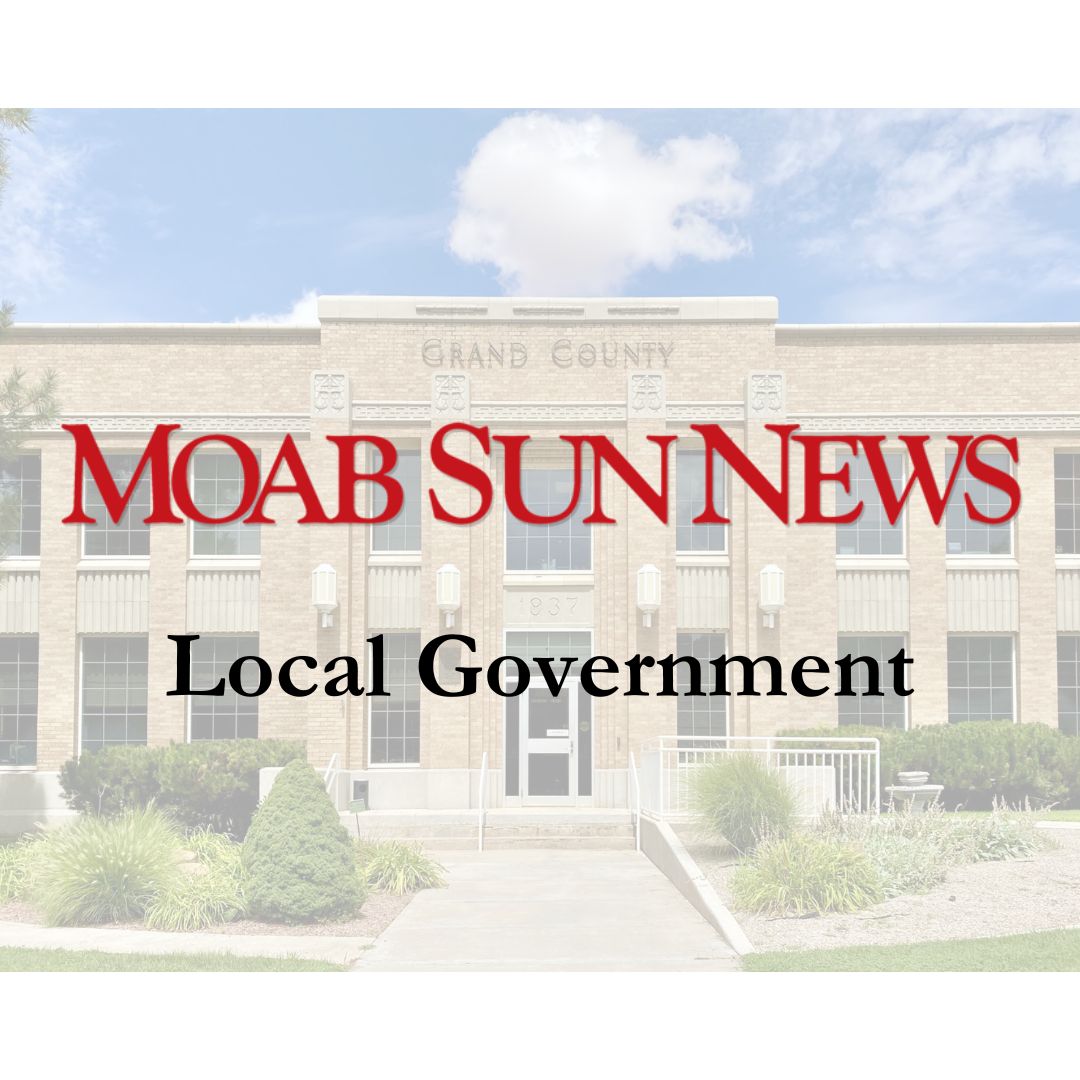Since March, the City of Moab has embarked on creating a “Community Vision and Strategic Action Plan,” called Moab Tomorrow Together, which will ultimately create a plan for Moab’s future based on comments from its community members. The company Future iQ is running the project, and on Oct. 11, Future iQ CEO David Beurle presented a complete draft plan.
“The intent of this process is to give a voice to the local people about what they want for the future, and translating that into a roadmap,” Beurle said. “As much as possible, we have given a voice to local people.”
The company collected data through multiple community surveys, workshops, think tanks, focus groups, and a summit. Approximately 1,000 people engaged in the process.
What the process ultimately found is that while Moabites enjoy living in the area, they are deeply concerned about the current direction the town is heading in and the current speed of change—and participants were in agreement on which issues were most concerning or pressing.
“I think this has been really fascinating, in terms of the community digging in,” Beurle said. “…With the community, we’ve built a clear logic basis, and a framework, for thinking about how to get out of that nasty little corner of being concerned about both the future direction and the speed of change. Now we’re charting out a pathway forward to a preferred future.”
The desirable future that participants laid out, or the locally driven future, highlighted six “pillars of importance,” which included environmental stewardship, workforce and housing, community fabric and wellbeing, and affordability and equity. Those pillars are the “building blocks” to support the ideal future, Beurle said; the draft plan lays out “key strategic actions” to address the needs of each pillar.
One of the “significant pain points” for people in the Moab community is the tourism trajectory and economic diversification, Beurle said. At the summit, participants agreed on three actions to take: to embrace a sustainable tourism approach, encourage an industry cluster leveraging the recreation industry, and promote the electrification of recreation vehicles. Ultimately, Beurle said, people were very interested in and supportive of an intentional and sustainable tourism plan for Moab.
Participants also highlighted the need for better workforce and housing support. The strategic actions to take were to facilitate more affordable housing options, incentivize a long-term rental market, and attract and retain a diverse workforce.
“This was a subtext through the whole visioning process: this notion of, ‘we’ve got this great tourism economy, but don’t forget about us,’” Beurle said. “The sense was, locals are feeling a little bit elbowed out of the way, and decisions were being made that didn’t necessarily serve their priorities.”
Beurle said participants also highlighted needs under the “leadership and decision making” pillar: participants endorsed ideas to “encourage a closer collaboration between the city and the county,” “intentionally enhance influence and leverage at a state level,” and “boost local participation in decision making.”
“I think we all want to see the voice of the community turning to actions, investments, and projects—so this can give you some ideas as to what the community believes the first steps should be,” Beurle said.
The council will have until Oct. 21 to give feedback on or edits to the draft plan.
“This really highlights the importance of bringing the community together to try to identify solutions moving forward for our community,” said Councilmember Luke Wojciechowski. “We’re not making decisions for our community, we’re making decisions with our community.”
Councilmember Rani Derasary asked about the achievability of the goals laid out in the plan—Beurle said it’ll be beneficial to keep community members engaged in thinking critically about the future. The plan can change, and likely will evolve, Beurle said, but the survey results can determine the next steps.
“This is a launching point for our strategic planning that’s coming up in the next few months,” said City Manager Carly Castle.




